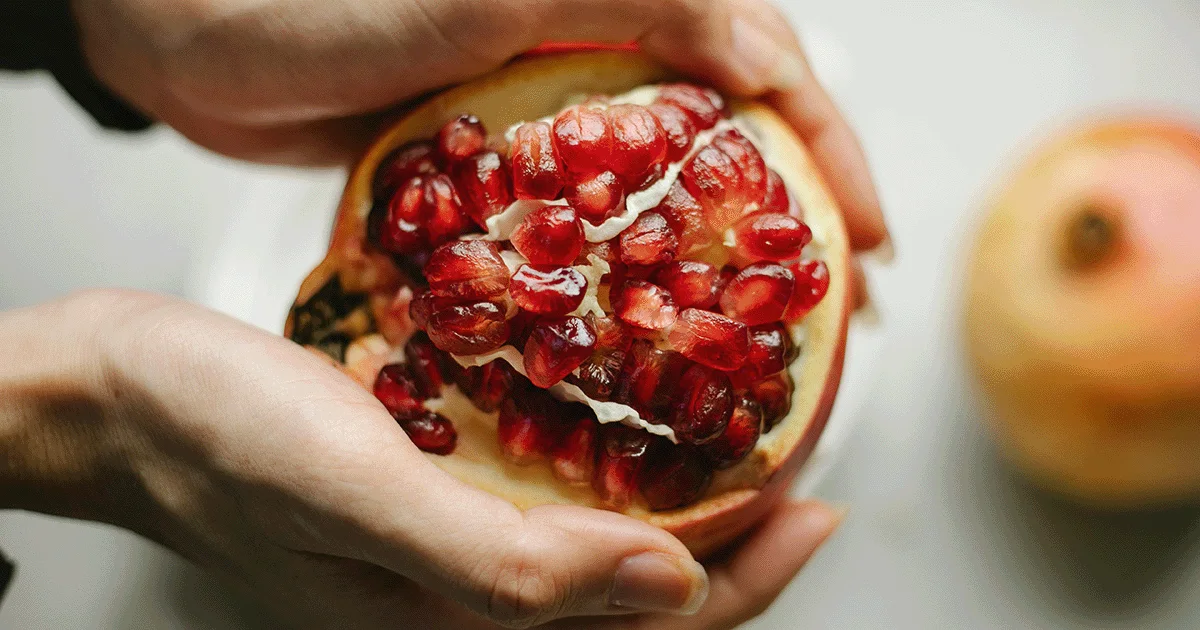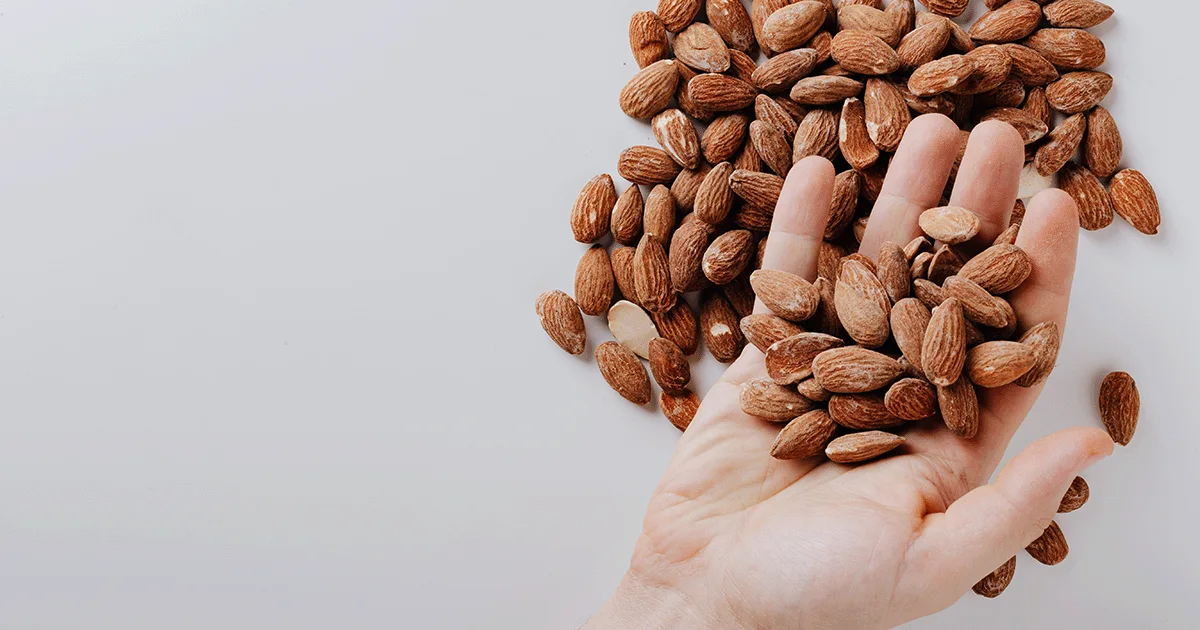Here's what we'll cover
Here's what we'll cover
There’s a lot of sex advice out there. Some of it is rock-solid (like: use protection), but it can be hard to know what’s true and what’s an urban legend. Chances are, if you’ve had sex or are thinking about it, you’ve been told to pee after sex to prevent urinary tract infections (UTIs). Here’s what you need to know about what the science says and why you don’t need to sprint to the bathroom immediately after you’re done.
Why should you pee after sex?
There are few studies on this subject, and the research we have doesn’t conclusively say that you need to. Some studies have found that not using the bathroom after sex is associated with an increased risk of UTI. But others have found no link. It’s also difficult to answer this question through studies since researchers depend mainly on self-reported habits from participants. To get the full picture of what’s going on, we spoke with Jennifer Cera, APRN-NP, a nurse practitioner who specializes in female pelvic medicine.
The bottom line: it isn’t necessary, but it may be helpful. There’s no downside to peeing after sex, and it’s a safe and reasonable thing to do for everyone. However, peeing after sex may be particularly beneficial for certain people.
People who get recurrent UTIs
After sexual intercourse, bacteria can travel through the urethra into the bladder and potentially cause an infection. Women are more likely to get UTIs than men simply due to female anatomy (Aggarwal, 2021). That’s because “the majority of bacteria that cause UTIs are typically present in and around the urethra, vagina, and rectum,” explains Cera. “Since these structures are in close proximity in women, the risk is greater that bacteria will enter the urethra.”
The female urethra is also shorter than the male urethra that goes all the way through the penis, so bacteria doesn't have to travel as far to cause infection. Sex-related UTIs in women are so common that they even have their own name: honeymoon cystitis.
Peeing after sex can help theoretically flush bacteria away from the bladder and out of the urethra, and therefore, help lower your risk of getting a UTI (Bono, 2021).
But some sexually-active women get recurrent UTIs while others don’t, and researchers don’t fully understand why (Aggarwal, 2021). Though research doesn’t yet say that women without recurrent UTIs need to pee after sex, it can’t hurt to do it anyway.
People who have anal sex
If you have anal sex and are the penetrative partner, you should also pee after sex, says Cera. She explains that “the most common bacteria that cause UTIs inhabit the rectum.” After anal sex, bacteria can enter the penetrative partner’s urethra and cause a UTI. Peeing after sex may help stop the bacteria from migrating to the bladder, Cera adds.
People going through menopause
You probably know that menopause affects hormones, but these hormones, in turn, affect the balance of good and bacteria in our bodies. People going through menopause have a higher risk of UTIs because “the loss of estrogen disrupts a woman’s normal vaginal flora by decreasing lactobacilli,” explains Cera. The risk of a UTI can increase with fewer good bacteria to balance out the bad (Czajkowski, 2021).
What happens if you don’t pee after sex?
We don’t know for sure that peeing after sex actually prevent UTIs, so if you don’t pee after sex, you may be no more likely to get a UTI than someone who does.
This is especially true if you’re not in one of the groups of people more likely to get a UTI. People with penises have longer urethras, which means bacteria have to travel further to reach the bladder and cause this infection. For this reason, they may be least likely to get a UTI if they don’t pee after sex (Bono, 2021).
It’s important to note that peeing after sex doesn’t reduce your risk of sexually transmitted infections (STIs). It also doesn't reduce your risk of pregnancy, so you should still use some form of birth control unless you're trying to get pregnant.
Why does it hurt to pee after sex?
There are many potential reasons why it could hurt or feel uncomfortable to pee after sex.
If you have a vagina, discomfort can come from too little lubrication during sex, which can cause irritation. It’s also possible to have discomfort after sex if you have a latex allergy and have used a condom (Nguyen, 2021). Spermicide can also irritate the vagina.
If you experience a burning sensation when you pee, whether you have a penis or a vagina, you may already have a UTI, or it could be an STI. See your healthcare provider who can test you for STIs and a UTI and talk to you about treatment options. If you have an STI, it’s important to tell your sex partners about it so that they can get tested and treated, as well. There are ways to do so anonymously.
Men may also experience discomfort when peeing after sex due to irritation from latex or friction. But they can also have a condition called urethritis, a specific kind of UTI that affects the urethra (the tube through which urine and, in men, semen leave the body) (Young, 2021).
UTI prevention
The CDC lists peeing after sex as one way to help prevent UTIs (CDC, 2021). Other than peeing after sex, some lifestyle habits can improve your sexual health and help prevent UTIs. If you experience recurrent UTIs, talk to your healthcare provider about your options and specific medical advice to deal with susceptibility to these infections.
Stay hydrated
More research is needed to prove that increased fluid intake helps with UTI prevention, but this is another strategy that can’t hurt, like peeing after sex (Fasugba, 2020). Staying hydrated leads to peeing more often, which may help flush out potentially harmful bacteria.
You may have heard that drinking cranberry juice can help prevent or combat UTIs. More research needs to be done in this area, but the studies we have don’t show much effect of cranberry juice consumption on UTI risk (Gbinigie, 2021). If you like it, no harm comes from drinking it (though, keep in mind, these juices are high in sugar). But there’s no reason to force yourself to drink it or go out of your way to buy it.
Practice proper hygiene when wiping
As Cera points out, some bacteria most likely to cause UTIs populate the rectum. That’s why people with a vagina should always wipe front to back to avoid spreading this bacteria.
Apply the same hygiene practices when bathing
Showering may be more helpful for UTI prevention than taking baths. When washing, you should also follow the same order of cleansing yourself front to back. You should wash your vagina first to avoid spreading germs from other areas of the body that could cause infection (Bono, 2021).
Avoid using douches
The vagina has a balance of good and bad bacteria. Usually, good bacteria–particularly Lactobacillus–keep harmful bacteria like E. coli in check. But using a douche flushes out the good bacteria with the bad. Without enough Lactobacillus to control E. coli, it may be easier for the bad bacteria to cause a UTI (Hesham, 2021).
Regularly clean sex toys
Toys can be a part of a healthy sex life, but they need to be thoroughly cleaned after sexual activity, or they can be a source of infection. Ideally, you should also keep separate toys for anal play and vaginal play to reduce the risk of moving bacteria between these areas.
Ultimately, peeing after sex is a reasonable and safe habit for everyone and it may help flush away any bacteria from around and in the urethra.. But even though it can be helpful, it’s not a guarantee to prevent UTIs.
DISCLAIMER
If you have any medical questions or concerns, please talk to your healthcare provider. The articles on Health Guide are underpinned by peer-reviewed research and information drawn from medical societies and governmental agencies. However, they are not a substitute for professional medical advice, diagnosis, or treatment.
Aggarwal, N. & Lotfollahzadeh, S. (2021). Recurrent urinary tract infections. [Updated Dec. 3, 2021]. In: StatPearls [Internet]. Retrieved on Feb. 5, 2022 from https://www.ncbi.nlm.nih.gov/books/NBK557479/
Bono, M. J. & Reygaert, W. C. (2021). Urinary tract infection. [Updated June 23, 2021]. In: StatPearls [Internet]. Retrieved on Feb. 5, 2022 from https://www.ncbi.nlm.nih.gov/books/NBK4 7 0195/
The Centers for Disease Control and Prevention (CDC) (2021). Urinary tract infections. Retrieved on Feb. 14, 2022 from https://www.cdc.gov/antibiotic-use/uti.html
Czajkowski, K., Broś-Konopielko, M., & Teliga-Czajkowska, J. (2021). Urinary tract infection in women. Przeglad Menopauzalny (Menopause Review), 20 (1), 40–47. doi: 10.5114/pm.2021.105382. Retrieved from https://www.ncbi.nlm.nih.gov/pmc/articles/PMC8077804/
Fasugba, O., Mitchell, B. G., McInnes, E., Koerner, J., Cheng, A. C., Cheng, H., & Middleton, S. (2020). Increased fluid intake for the prevention of urinary tract infection in adults and children in all settings: A systematic review. Journal of Hospital Infection , 104 (1), 68–77. doi: 10.1016/j.jhin.2019.08.016. Retrieved from https://www.sciencedirect.com/science/article/abs/pii/S0195670119303470
Gbinigie, O. A., Spencer, E. A., Heneghan, C. J., Lee, J. J., & Butler, C. C. (2020). Cranberry extract for symptoms of acute, uncomplicated urinary tract infection: A systematic review. Antibiotics , 10 (1), 12. doi: 10.3390/antibiotics10010012. Retrieved from https://www.mdpi.com/2079-6382/10/1/12
Hesham, H., Mitchell, A. J., Bergerat, A., Hung, K., & Mitchell, C. M. (2021). Impact of vaginal douching products on vaginal lactobacillus, escherichia coli and epithelial immune responses. Scientific Reports , 11 (1). doi: 10.1038/s41598-021-02426-5. Retrieved from https://www.nature.com/articles/s41598-021-02426-5
Liu, L., Xie, K., Yin, M., Chen, X., Chen, B., Ke, J., & Wang, C. (2022). Lower serum levels of vitamin D in adults with urinary tract infection. Infection . doi: 10.1007/s15010-021-01750-2. Retrieved from https://link.springer.com/article/10.1007/s15010-021-01750-2
Nguyen, K. & Kohli, A. (2021). Latex allergy. [Updated July 13, 2021]. In: StatPearls [Internet]. Retrieved on Feb. 5, 2022 from https://www.ncbi.nlm.nih.gov/books/NBK545164/
Young, A., Toncar, A., & Wray, A. A. (2021). Urethritis. [Updated July 29, 2021]. In: StatPearls [Internet]. Retrieved on Feb. 7, 2022 from https://www.ncbi.nlm.nih.gov/books/NBK537282/










